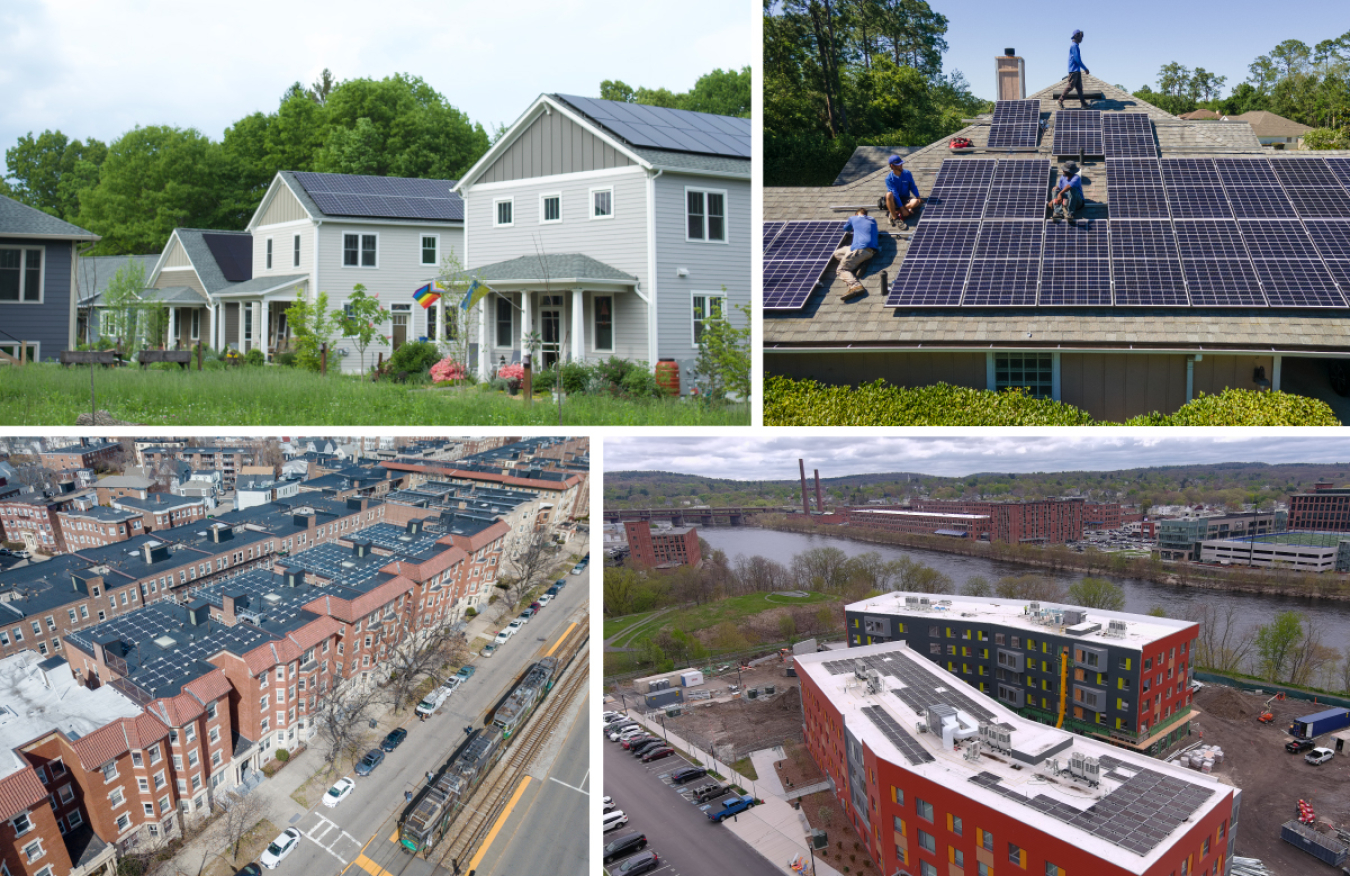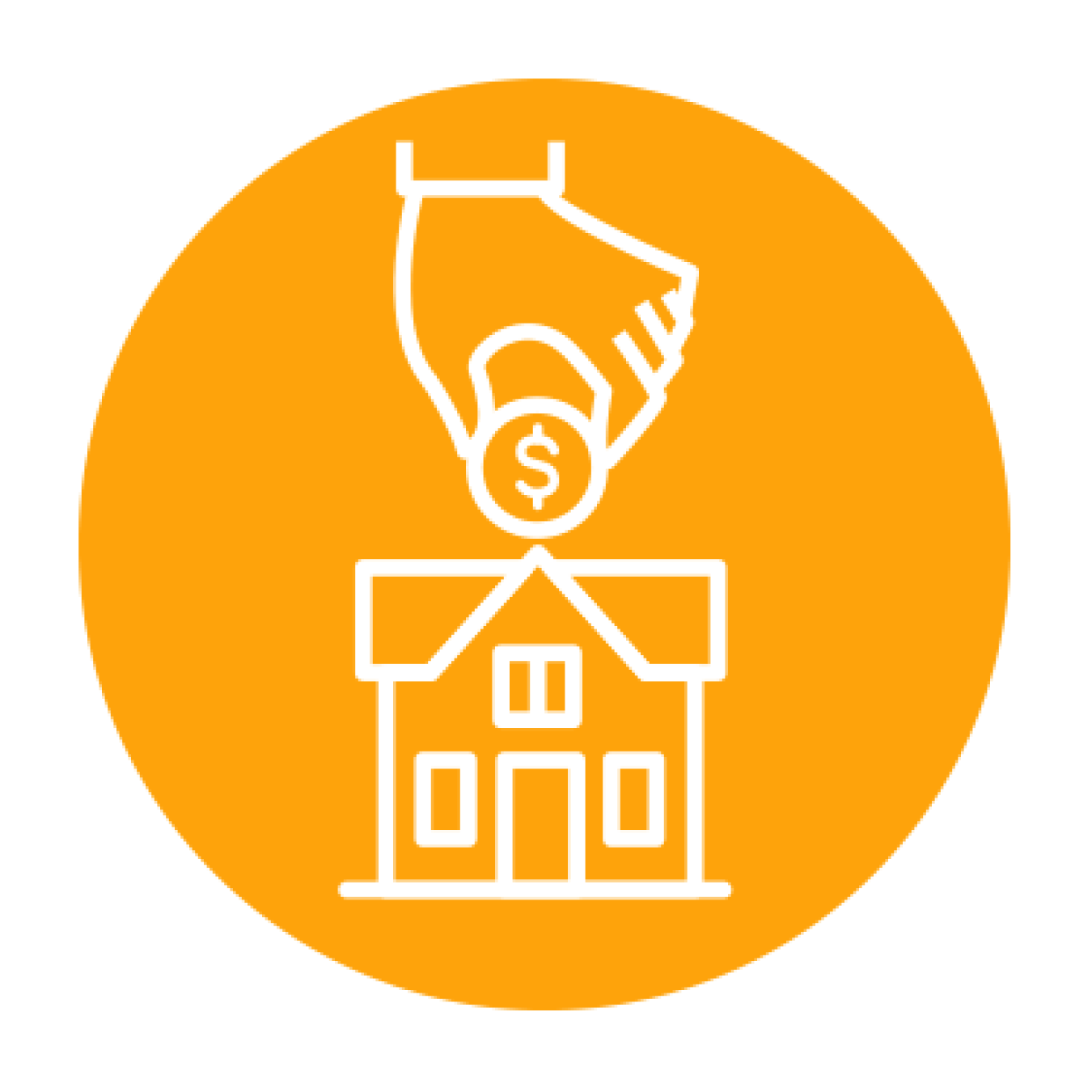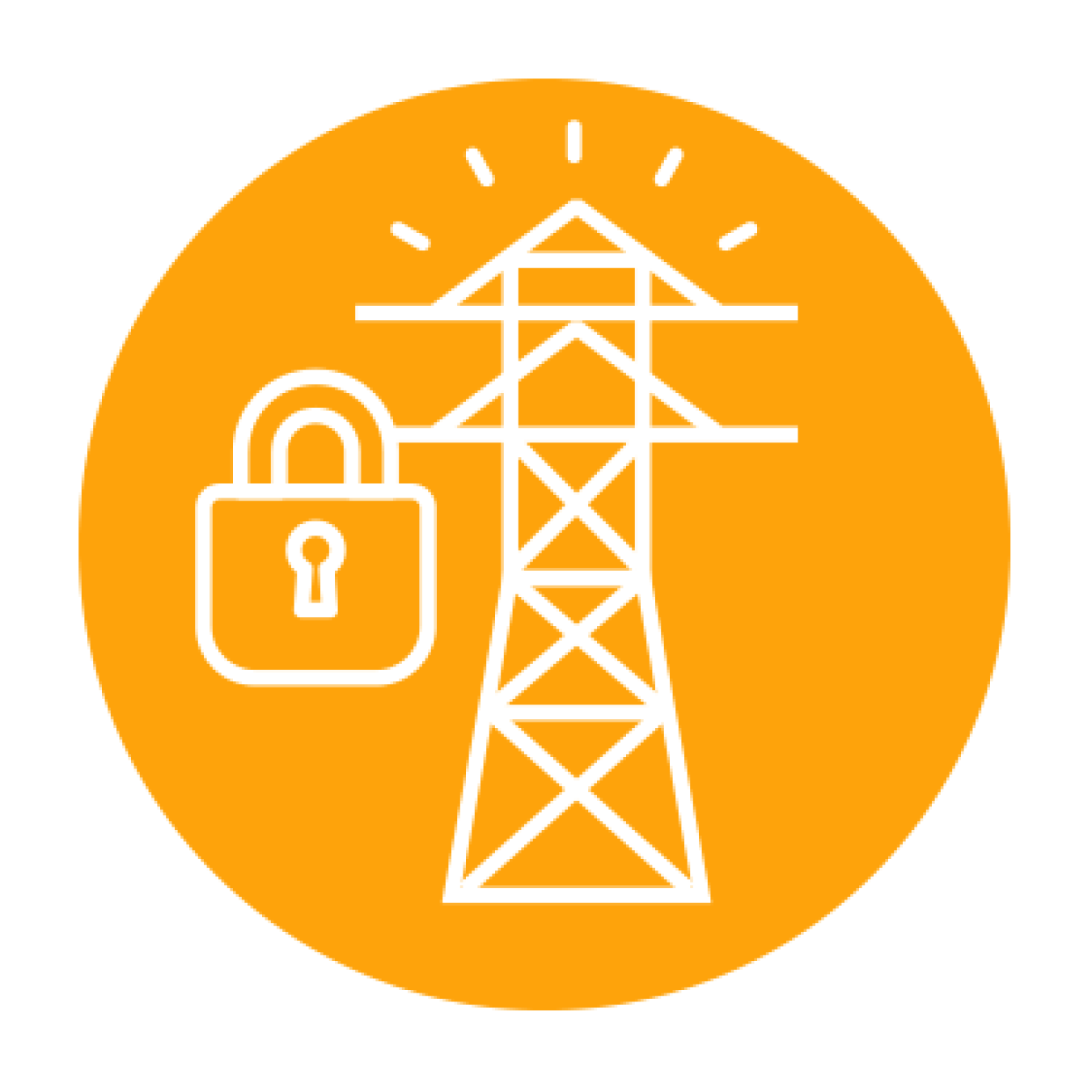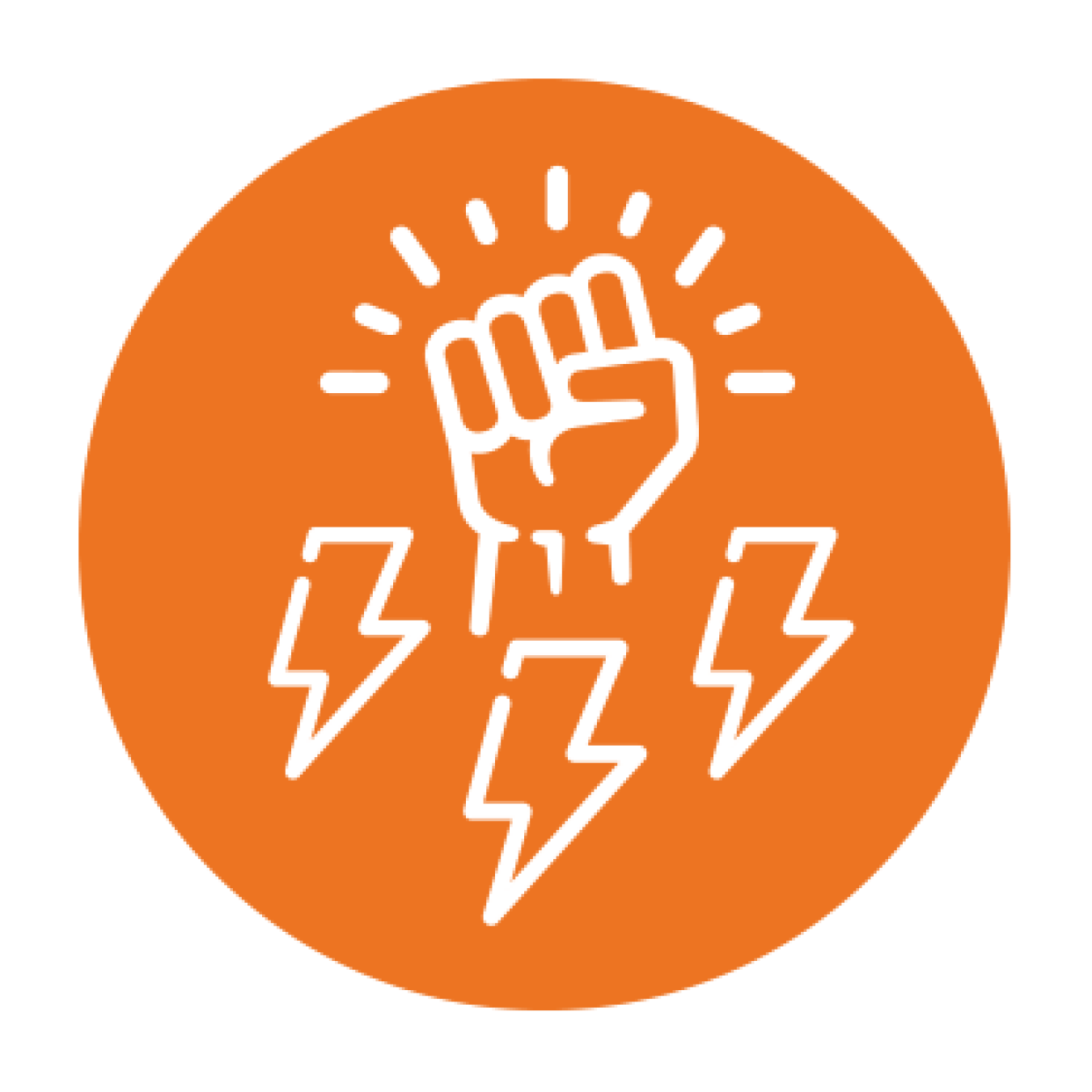
Check out the other Connect the Dots themes:
Rooftop solar energy is an important part of energy innovation that can enhance economic growth, support energy independence, and improve the health and well-being of the American people. Learn why energy innovation matters.
There were more than 50 gigawatts of U.S. rooftop solar systems installed in 2024 on 5 million homes and commercial buildings. While rooftop solar systems cost more per kilowatt than utility-scale systems, in many areas of the country they offer households an opportunity to save money on electricity costs. Additional research in solar panel design, energy yield, grid integration, and permitting could reduce costs and enable greater savings for consumers. The U.S. Department of Energy (DOE) Solar Energy Technologies Office (SETO) is supporting U.S. residents, companies, and organizations who want to explore rooftop solar energy with resources and guides to going solar. SETO also issues funding opportunities and supports research to advance rooftop solar technologies.

Household Savings
Reducing electricity costs is a common consideration when consumers decide to install rooftop solar panels. Savings depend on many factors like electricity consumption, electricity production, financing options, and incentives, so the first step is to assess whether and how much money you can save with solar energy. Total savings differ based on location and system size, but on average, U.S. homeowners are estimated to save $50,000 over 25 years after installing rooftop solar panels. The estimated operational lifespan of a photovoltaic (PV) module is about 30 to 35 years, allowing for even higher total consumer savings. Like a renovated kitchen or a finished basement, a rooftop solar system can increase home valuation and reduce a home’s time on the market. Furthermore, pairing a roof replacement with solar installation can save homeowners about $4,000. Rooftop solar installations also open the door to federal solar energy tax credit eligibility for both homeowners and businesses. And programs like Solar for All, which award grants to states, municipalities, Tribes, and nonprofit organizations to expand solar energy access to low-income households, help more Americans lower their electricity bills. For those without suitable rooftops, community solar offers access to solar energy through shared arrays.

Economic Opportunities
Expanding rooftop solar energy can support demand for domestic solar manufacturing and contribute to solar industry job growth. Solar industry employment has nearly doubled in the last decade nationwide—largely in rooftop solar. As of 2023, over 364,500 Americans work in solar energy at 10,000+ companies, and the Bureau of Labor Statistics places solar installer among fastest-growing occupations. SETO supports increased economic opportunities through workforce development initiatives and investments in small business and entrepreneurs.

Grid Resilience and Reliability
Pairing rooftop solar energy with storage can provide renewable backup power during outages and has the potential to contribute to day-to-day grid reliability. Because distributed energy resources (DERs) are located over a broader geographic area, they are not as sensitive to localized threats. Aggregating those DERs into virtual power plants (VPPs) can help reduce electricity costs by avoiding the need to ramp up costly peaker plants. SETO is advancing DER technology to support grid resilience and reliability, including technology to create autonomous microgrids, which can respond faster and mitigate grid disturbances.

Consumer Choice
Rooftop solar energy systems keep power production and related economic opportunities close to home, enabling greater consumer choice in electricity supply. When solar systems are paired with larger battery systems, households and businesses can increase their energy resilience. Ensuring equitable access to solar energy is key to continued deployment, so SETO is working to ensure solar energy is available and affordable for all. The Clean Energy Connector and Community Power Accelerator aim to make solar energy more accessible to low-income households, including multi-family housing buildings, helping them connect to and benefit from their own power production.

Environment
Rooftop solar systems are installed on existing structures, requiring minimal new infrastructure or construction. Eco-friendly deployment and manufacturing of solar panels benefit the environment, and SETO is investing in PV durability and recycling to keep solar panels on rooftops and out of landfills.
Related SETO Programs and Resources
- Homeowner’s Guide to Going Solar: This webpage answers questions and provides resources to help people who are thinking about going solar get started.
- Homeowner’s Guide to the Federal Tax Credit for Solar PV: This guide provides an overview of the federal investment tax credit for residential solar PV.
- How Much Money Can I Save With Solar Energy?: This blog post walks you through calculating the solar payback period, or how long it takes for a rooftop solar system to pay for itself.
- National Community Solar Partnership+: This partnership brings together community solar stakeholders across the country to overcome barriers to expanding community solar access through programs and initiatives.
- Solar Energy Resources for Consumers: This webpage lists resources that cover a variety of topics for energy consumers including the process of choosing and installing a solar energy system.
- Smart Shopping Tips for Solar: This blog post offers tips to help solar energy consumers avoid scams.
- SETO Spotlight: Solar and Real Estate: This page provides information on how rooftop solar energy impacts buying and selling a home.
- Federal Solar Tax Credit Resources: These guides provide overviews of the federal solar investment tax credit, known as the ITC, for homeowners, businesses, and solar manufacturers.

